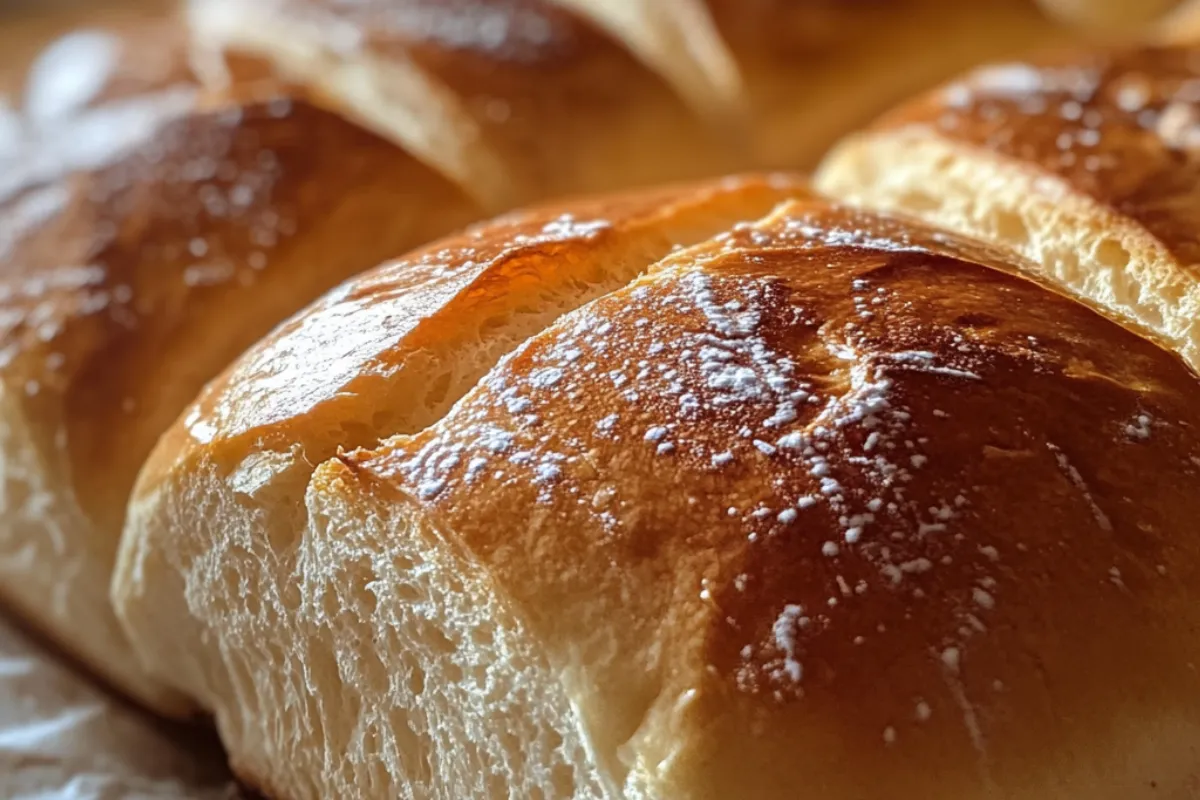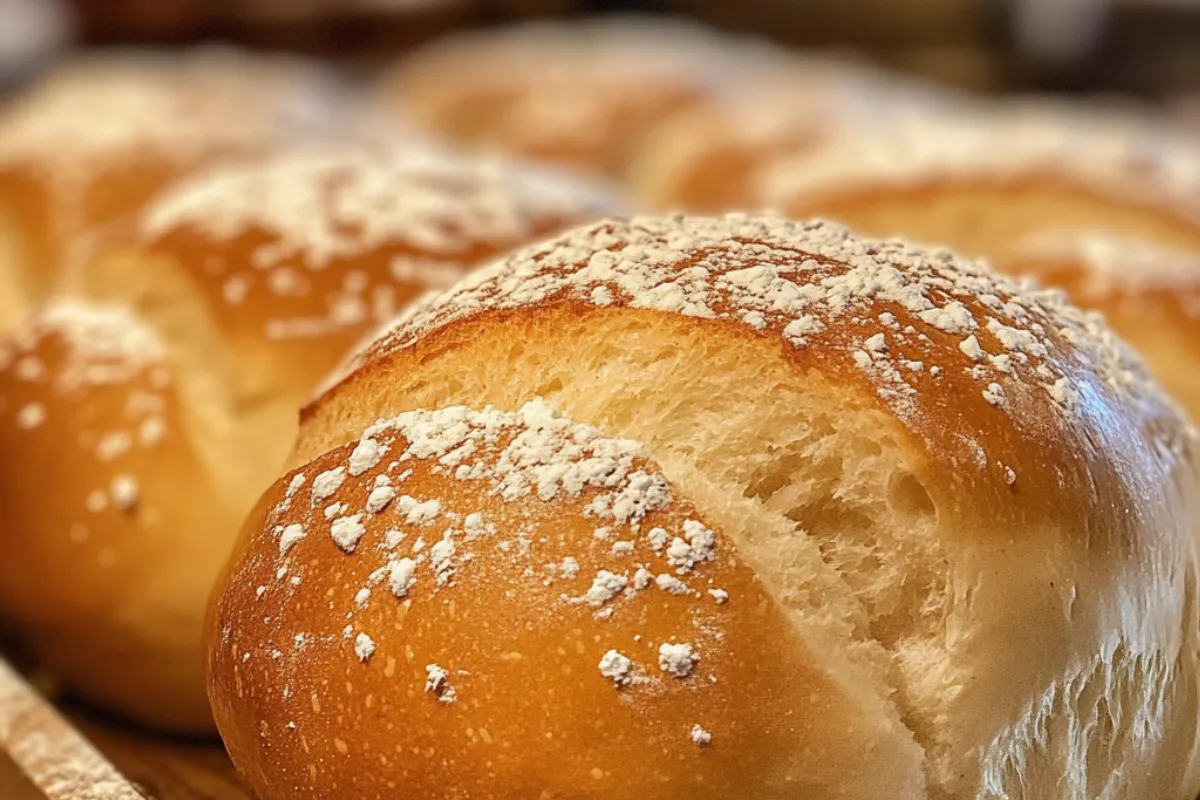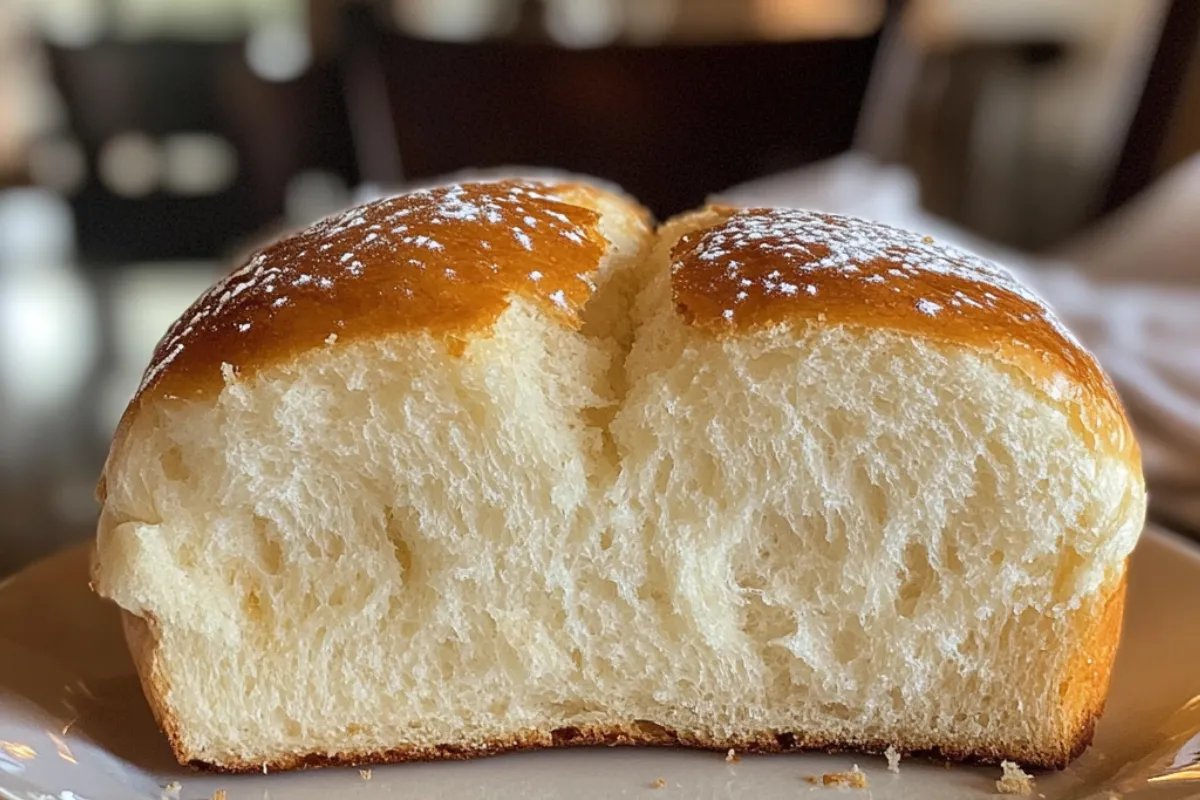
Cottage cheese is a popular dairy product known for its mild flavor and lumpy texture. While it’s often enjoyed fresh, many people wonder, does cottage cheese melt when you bake it? Whether you’re looking to bake a lasagna, casserole, or simply want to add some protein to your baked dishes, understanding how cottage cheese behaves in the oven is crucial.
In this article, we’ll explore the properties of cottage cheese, how it reacts to heat, and does cottage cheese melt when you bake it like other cheeses. We’ll also delve into the best ways to use it in your baked dishes, ensuring you achieve the texture and flavor you desire.
Understanding Cottage Cheese and Its Unique Properties
Cottage cheese is a fresh cheese made from the curds of cow’s milk. It is characterized by its soft, lumpy texture and is available in different forms, such as creamed cottage cheese and dry curd cottage cheese. Creamed cottage cheese has a richer texture due to the added cream, while dry curd cottage cheese is lower in fat and has a firmer texture.
Popular Uses of Cottage Cheese:
- As a topping for salads
- Mixed into pancakes or smoothies
- As a substitute for ricotta in lasagna
- Added to baked goods for extra moisture and protein
For those interested in unique recipes, check out this cottage cheese bread recipe, which incorporates the benefits of cottage cheese into a delicious loaf.
What Happens When You Heat Cottage Cheese?
When it comes to heating or baking cottage cheese, many people expect it to behave like other cheeses, such as mozzarella or cheddar, which melt into a smooth, gooey consistency. But does cottage cheese melt when you bake it? Cottage cheese behaves differently due to its unique composition.
Basic Chemistry of Cottage Cheese:
- Cottage cheese is a type of acid-coagulated cheese, which means it is made by adding an acidic substance (like vinegar or lemon juice) to milk, causing the milk to curdle.
- The curds are then drained of whey, resulting in the characteristic lumps of cottage cheese.
- Unlike aged cheeses, cottage cheese retains a higher moisture content, and the proteins in cottage cheese don’t break down the same way they do in melting cheeses.
When cottage cheese is heated, it does not melt in the traditional sense. Instead, it softens and becomes creamier but still retains its curd-like texture. This is because the acid-coagulated proteins don’t undergo the same transformation as those in cheeses like cheddar or mozzarella.
Understanding Cottage Cheese Melting Properties
Using Cottage Cheese in Oven-Baked Recipes
Although cottage cheese doesn’t melt when you bake it like other cheeses, it can still be a fantastic ingredient in baked dishes. It adds a creamy texture and a subtle tangy flavor that can enhance various recipes.
Popular Baked Recipes with Cottage Cheese:
- Lasagna: Cottage cheese is often used as a substitute for ricotta in lasagna. It adds creaminess without the heaviness of ricotta.
- Casseroles: Adding cottage cheese to casseroles can provide a protein boost and a creamy texture, especially when mixed with other ingredients like eggs or cream.
- Baked Ziti: For a lighter version of baked ziti, cottage cheese can be used instead of a heavier cheese.
Tips for Best Results When Baking with Cottage Cheese:
- Blend for Smoothness: If you prefer a smoother texture, you can blend the cottage cheese before adding it to your dish.
- Combine with Other Ingredients: Mixing cottage cheese with eggs or cream before baking can help create a richer, creamier consistency.
- Control Moisture: If you’re using cottage cheese in a recipe that requires a drier texture, opt for dry curd cottage cheese or drain the excess liquid from creamed cottage cheese.
Health Benefits of Cottage Cheese
Techniques to Achieve Creaminess Without Melting
One of the primary reasons people use cottage cheese in baked dishes is to achieve a creamy texture. However, since cottage cheese doesn’t melt when you bake it, achieving this creaminess requires some additional techniques.
Blending Cottage Cheese:
- Blending cottage cheese before baking can help smooth out its lumps, creating a consistency closer to ricotta or other soft cheeses.
- This technique is particularly useful when making dishes like cheesecake, where a smooth texture is desirable.
Adding Cream or Eggs:
- To enhance the creaminess of cottage cheese in baked dishes, try mixing it with heavy cream or eggs. This not only enriches the texture but also helps bind the ingredients together.
- For example, in a cottage cheese quiche, combining cottage cheese with eggs and cream results in a silky, custard-like filling.
Using Cottage Cheese in Sauces:
- Cottage cheese can be used to create creamy sauces for pasta or vegetables. Simply blend it with milk or cream and season to taste.
- When heated, this sauce will thicken but won’t become stringy or gooey like a cheese sauce made with cheddar.
For more creative uses of cottage cheese, you might want to explore delicious and healthy cottage cheese recipes that go beyond the typical dishes.

Nutritional Benefits of Baking with Cottage Cheese
In addition to its texture and flavor, cottage cheese offers several nutritional benefits that make it an excellent choice for baking.
High Protein Content:
- Cottage cheese is rich in protein, which makes it a great addition to baked dishes, especially for those looking to increase their protein intake.
- A single cup of cottage cheese can contain up to 27 grams of protein, making it an excellent source for vegetarians and those on high-protein diets.
Low in Calories:
- Compared to other cheeses, cottage cheese is relatively low in calories, especially if you choose a low-fat or fat-free variety.
- This makes it an ideal ingredient for those looking to create lighter, healthier versions of their favorite baked dishes.
Rich in Calcium:
- Cottage cheese is also a good source of calcium, essential for bone health. Incorporating it into baked dishes can help you meet your daily calcium needs.
How Baking Affects Nutritional Value:
- The process of baking does not significantly diminish the nutritional value of cottage cheese. However, it’s important to consider the other ingredients in your dish and how they contribute to the overall nutritional profile.
Common Baking Mistakes with Cottage Cheese
While baking with cottage cheese is generally straightforward, there are a few common mistakes to avoid to ensure the best results.
Overcooking
- One of the most common mistakes is overcooking dishes that contain cottage cheese. Because it doesn’t melt, overcooking can cause it to dry out and become rubbery.
- To avoid this, keep a close eye on your baked dishes and remove them from the oven as soon as they’re done.
Using the Wrong Type
- There are different types of cottage cheese available, and using the wrong type can affect the outcome of your dish.
- For example, creamed cottage cheese adds moisture and richness, while dry curd cottage cheese has a firmer texture and is less likely to become runny when baked.
Not Considering Moisture Content
- Cottage cheese has a high moisture content, which can affect the texture of your baked dishes. If your recipe requires a drier consistency, make sure to drain the excess liquid from the cottage cheese before using it.
- Alternatively, you can opt for dry curd cottage cheese, which has less moisture.
Popular Recipes Featuring
Cottage cheese is a versatile ingredient that can be used in a wide range of recipes, from savory dishes to desserts. Below are some popular recipes that showcase its unique texture and flavor.
Baked Ziti with Cottage Cheese
Ingredients:
- 1 pound of ziti pasta
- 2 cups of cottage cheese
- 2 cups of marinara sauce
- 1 cup of mozzarella cheese
- 1/2 cup of grated Parmesan cheese
- 1 egg
- Salt and pepper to taste
Instructions:
- Preheat the oven to 350°F (175°C).
- Cook the ziti pasta according to the package instructions. Drain and set aside.
- In a large bowl, mix the cottage cheese, egg, and half of the Parmesan cheese. Season with salt and pepper.
- In a baking dish, layer the cooked ziti, cottage cheese mixture, and marinara sauce. Top with mozzarella cheese and the remaining Parmesan cheese.
- Bake for 25-30 minutes, or until the cheese is bubbly and golden brown.
- Serve hot and enjoy!
Cottage Cheese Pancakes
Ingredients:
- 1 cup of cottage cheese
- 1/2 cup of flour
- 2 eggs
- 1/4 cup of milk
- 1 tablespoon of sugar
- 1 teaspoon of vanilla extract
- 1/2 teaspoon of baking powder
- Butter or oil for cooking
Instructions:
- In a blender, combine the cottage cheese, eggs, milk, sugar, and vanilla extract. Blend until smooth.
- In a separate bowl, whisk together the flour and baking powder. Add the dry ingredients to the wet ingredients and mix until just combined.
- Heat a non-stick skillet over medium heat and add a small amount of butter or oil.
- Pour 1/4 cup of batter onto the skillet and cook until bubbles form on the surface. Flip and cook until golden brown on the other side.
- Serve warm with your favorite toppings, such as syrup, fresh fruit, or yogurt.
Cottage Cheese Cheesecake
Ingredients:
- 2 cups of cottage cheese
- 1/2 cup of sugar
- 3 eggs
- 1 teaspoon of vanilla extract
- 1/4 cup of flour
- 1/2 teaspoon of baking powder
- 1/2 cup of sour cream
Instructions:
- Preheat the oven to 325°F (160°C).
- In a blender, combine the cottage cheese, sugar, eggs, and vanilla extract. Blend until smooth.
- In a separate bowl, whisk together the flour and baking powder. Add the dry ingredients to the cottage cheese mixture and blend until well combined.
- Pour the batter into a greased springform pan.
- Bake for 50-60 minutes, or until the cheesecake is set and the top is golden brown.
- Allow the cheesecake to cool completely before removing it from the pan.
- Top with sour cream and serve.
For those interested in learning more about what makes different types of bread unique, including those made with cottage cheese, check out this guide on what makes cottage bread different.

FAQ Section
Does Cottage Cheese Melt Like Mozzarella or Cheddar?
No, cottage cheese does not melt like mozzarella or cheddar. While it softens when heated, it does not become smooth and gooey. Instead, it retains its lumpy texture, making it better suited for dishes where a creamy but not stringy texture is desired.
Can You Use Cottage Cheese as a Substitute in Recipes That Call for Melted Cheese?
Yes, but with limitations. Cottage cheese can be used as a substitute in some recipes, especially where a creamy texture is more important than a melting one. For example, it works well in lasagna or casseroles but would not be a good substitute in a recipe that requires a cheese pull, like a grilled cheese sandwich.
What’s the Best Way to Achieve a Smoother Texture When Baking with Cottage Cheese?
Blending cottage cheese before adding it to your recipe can help achieve a smoother texture. Additionally, mixing it with eggs or cream can create a richer consistency, which is particularly useful in dishes like quiche or cheesecake.
Does the Type of Cottage Cheese (Low-Fat vs. Full-Fat) Affect Its Melting Properties?
While the fat content in cottage cheese affects its flavor and richness, it does not significantly alter its melting properties. Both low-fat and full-fat cottage cheese will soften when heated but will not melt in the traditional sense.
Conclusion: Is Cottage Cheese a Good Choice for Baking?
In conclusion, does cottage cheese melt when you bake it? No, but it remains a versatile and nutritious ingredient that can add creaminess and protein to a variety of baked dishes. While it doesn’t melt like other cheeses, its unique texture and flavor can enhance many recipes. By understanding how to use it effectively and avoiding common mistakes, you can enjoy the benefits of cottage cheese in your baking endeavors.
Whether you’re making a hearty lasagna, a light and fluffy cheesecake, or a simple casserole, cottage cheese can be a valuable addition to your kitchen. So next time you’re in the mood to bake, don’t hesitate to reach for that tub of cottage cheese!

